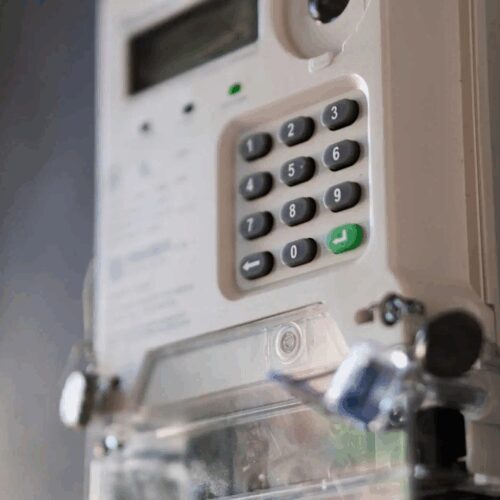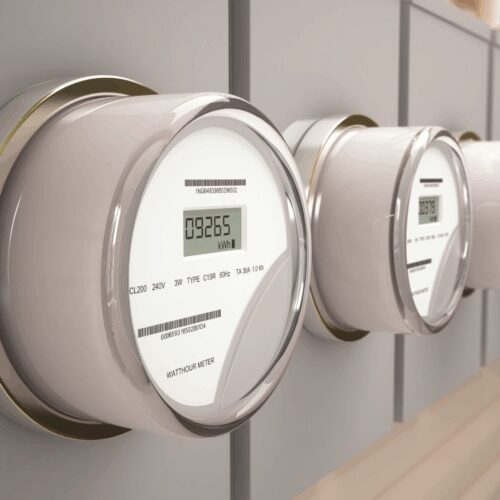Deliver Results, Earn Rewards
Vol. 9 – Watt in the Grid?

Vol. 9 – Watt in the Grid?

Sign up for our magazine
The premier outlet for compelling storytelling around the innovators and innovations driving the clean energy transition.
During their spring break last week, I decided to introduce my kids to skiing for the first time. While many families opt for tropical getaways this time of year, Colorado surprised us with nearly two feet of snow, making it the perfect opportunity to hit the slopes. Despite mentally preparing for the inevitably long and tedious drive, I hadn’t anticipated the jaw-dropping cost of ski lessons. Even at a supposedly budget-friendly resort, the price tag was astronomical (and shockingly didn’t even cover water or snacks!). Despite my attempts to justify the expense with passive-aggressive remarks about the “life-changing” nature of the lessons, my kids seemed oblivious to the true cost of their time on the bunny slope. So, I redirected our outing to Target and invested in our household’s first chore chart. After all, money earned is money appreciated, right?
Our new system is refreshingly simple: each household chore earns a set number of points, and at the end of the week, the total points determine the amount of money earned. Surprisingly, after just a few days of this magical chart, my kids were noticeably less eager to frivolously spend their earnings. Once they realized the relatively low hourly rate of household tasks, they became more hesitant to splurge (especially when the Bank of Mom was closed for business). While I didn’t attempt to explain the parallels to my kids, the experience reminded me of a similar shift in the utility industry: performance-based ratemaking (PBR). Unlike traditional cost-of-service regulation, PBR ties utility rates to specific performance targets or metrics, incentivizing companies to achieve certain milestones before earning compensation.
Although PBR metrics may not directly correlate to household chores, both emphasize the importance of meeting specific goals before reaping rewards. Just as my kids desire iPads and video games, utilities are pursuing advanced technologies like Advanced Metering Infrastructure (AMI). However, implementing AMI requires significant upfront costs for equipment installation and system upgrades. Recovering these costs within a PBR framework requires striking a balance between ensuring utilities recoup their investments and encouraging outcomes such as improved reliability and reduced operational costs.
One strategy for meeting PBR metrics is the adoption of time-of-use (TOU) rates, which charge customers varying electricity prices based on the time of day or day of the week. By leveraging AMI technology, TOU rates offer customers flexible pricing options aligned with their energy usage patterns. When implemented effectively, TOU rates can alleviate strain on the grid and lower overall energy costs, contributing to PBR objectives. In a sense, TOU rates act as a protective shield for utilities, ensuring the full value of technological investments is realized.
With its Enterprise Rate Platform, GridX is well-equipped to assist utilities in designing and implementing emerging rate structures, including TOU rates. By maximizing customer enrollment and satisfaction in innovative rate plans, GridX helps utilities achieve PBR metrics while promoting grid reliability and cost-effectiveness. Whether you’re a kid aiming for extra allowance or a utility striving for engaged customers, the underlying principle remains consistent: deliver results, earn rewards.




